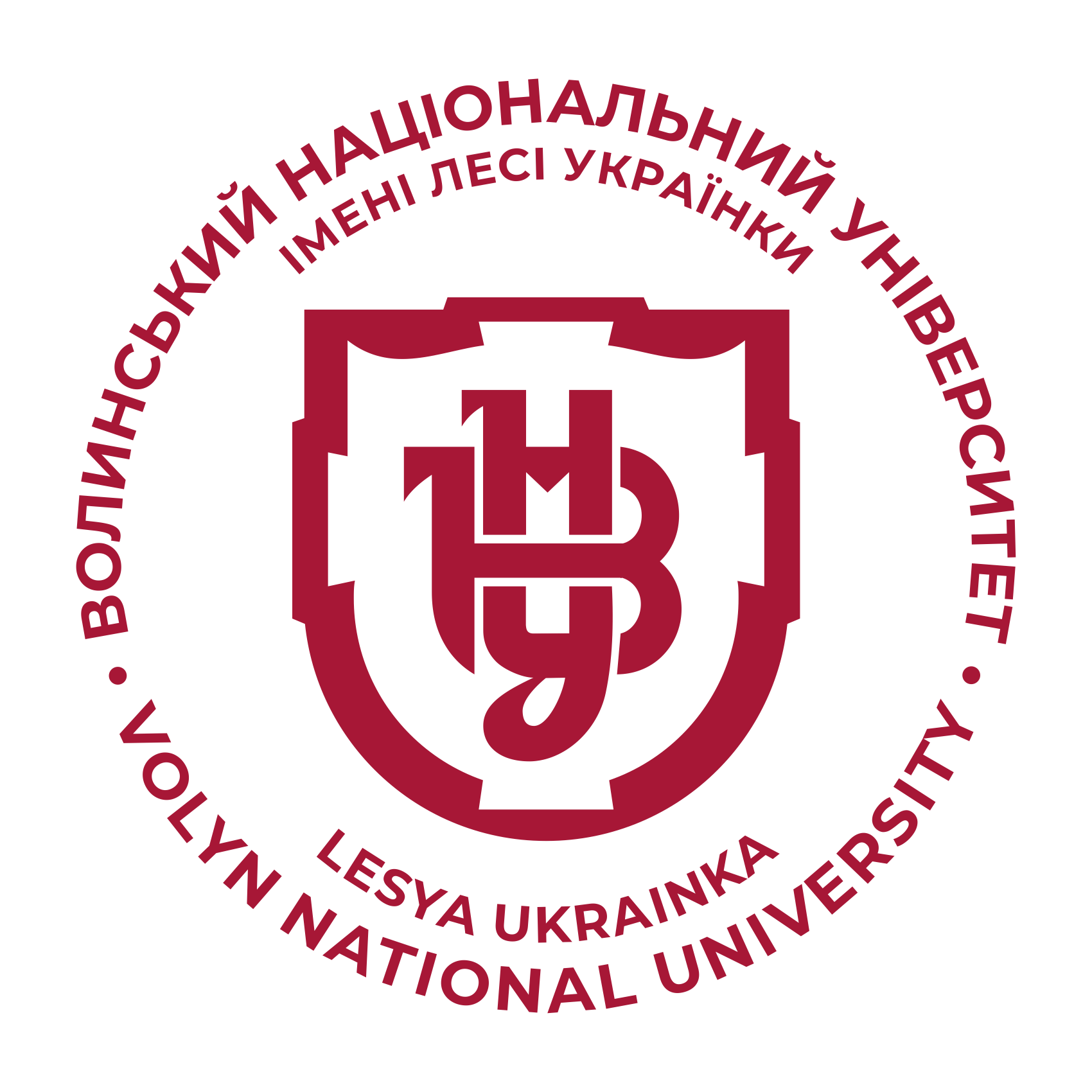HOUSING MARKET AND ECONOMIC POLICY IN UKRAINE
DOI:
https://doi.org/10.29038/2786-4618-2022-03-6-11Keywords:
residential real estate; housing market; market structure of the housing market; pricing in the real estate market; economic policyAbstract
The article examines the main trends in the development of the housing market and its state regulation in Ukraine in the pre-war and post-war periods. The purpose of the article is to reveal the peculiarities of the development of the housing market and its state regulation in Ukraine. With the help of a systematic approach and structural analysis, the main types of housing are systematized, the shortcomings and factors that stimulate and restrain the development of such a market are summarized. The dynamics of housing formation in Ukraine in the pre-war period are analyzed. It was revealed that in recent years, prices for primary and secondary housing have been constantly increasing. With the help of statistical and comparative methods, it was concluded that the development trends of the housing market in Ukraine did not fully correspond to world trends. The specifics of the development of the national market was the growth of demand for the so-called "khrushchevka" and underestimation by consumers of new innovative solutions in this market. During the study of the directions of development of the housing market in Ukraine in the context of foreign experience, a PEST analysis was conducted, with the help of which the political, economic, social and technological factors that stimulate or, on the contrary, restrain the development of the residential real estate market in the national economy, were identified. It was found out that in the pre-war period, a new trend appeared on the real estate market - the spread of ecological housing. It was specified that the residential real estate market of Ukraine suffered the most as a result of the covid-19 pandemic and was destroyed in some regions as a result of the war. In the pre-war period, corruption risks, high mortgage lending rates, inefficiency of the judicial system for protecting the rights of owners, etc., were difficult problems for the development of the national housing market. Therefore, in the post-war period, the elimination of risks, as well as the development of a vision for the reconstruction of the housing stock of Ukraine, which is affordable and comfortable for Ukrainians, are important steps in the direction of the development of the housing sector. It is concluded that restoring the functioning of the housing market in Ukraine will be one of the urgent tasks in the post-war reconstruction of the national economy. New buildings should not only be comfortable, but also perform both safety and energy-saving functions. For this, it will be necessary to consolidate the efforts of all subjects of the national economy and the international community.
References
Voronin, V., Liantse, E., Mamchyn, M. (2014). Analityka rynku nerukhomosti: metodolohiia ta pryntsypy suchasnoi otsinky [Real estate market analysis: methodology and principles of modern evaluation]. Lviv: Mahnoliia [in Ukrainian].
Kobzan, S. (2019). Formuvannia rynku nerukhomosti: praktychni aspekty ta osoblyvosti otsinky [Formation of the real estate market: practical aspects and peculiarities of assessment]. Kyiv: Yurinkom Inter [in Ukrainian].
Petryshchenko, N., Andriianova, V., Ryzhova, R. (2018). Doslidzhennia rynku nerukhomosti v Ukraini [Real estate market research in Ukraine]. Infrastruktura rynku, 25, 135-139 [in Ukrainian].
State Statistics Service of Ukraine. http://www.ukrstat.gov.ua/
Euro Area Housing Markets: Trends, Challenges & Policy Responses (September 2021). European Commission, European Union. https://ec.europa.eu/info/sites/default/files/economy-finance/dp147_en_0.pdf [in English].
Real estate market and related risks. Ministry of Finance of Ukraine. https://minfin.com.ua/blogs/manny34/116197/ [in Ukrainian].
Yelisieieva, L. (2019). Rol sotsialnoho kapitalu v ekonomichnomu rozvytku [The role of social capital in economic development]. Kyiv: Institute for economics and forecasting National Academy of Sciences of Ukraine [in Ukrainian].
Active Capital 2021. Trends in Global Real Estate Investment (2021). KnightFrank. https://www.knightfrank.com/ [in English].
Ministry of Infrastructure of Ukraine. https://mtu.gov.ua/
Emerging Trends in Real Estate: Climate of change. Urban Land Institute. https://www.pwc.com/sk/sk/assets/PDFs/pwc-emerging-trends-real-estate-europe-2020.pdf [in English].
"Green" construction - the main differences between LEED and BREEAM certificates. https://aw-therm.com.ua/sertifikati-leed-ta-breeam-golovni-vidminnosti/ [in Ukrainian].
Ministry of Energy of Ukraine. http://mev.gov.ua/
Yelisieieva, L. (2015). Problemy vnutrishnoi mihratsii v Ukraini [Problems of internal migration in Ukraine]. Ekonomika. Upravlinnia. Innovatsii, 1, http://nbuv.gov.ua/j-pdf/eui_2015_1_13.pdf [in Ukrainian].
Yelisieieva, L. (2012). Munitsypalna vlasnist: ekonomichnyi zmist ta perspektyvy yii transformatsii v Ukraini v konteksti svitovoho dosvidu [Municipal property: economic meaning and prospects of its transformation in Ukraine in the context of world experience]. Efektyvna ekonomika, 8. http://www.economy.nayka.com.ua/?op=1&z=1317 [in Ukrainian].







